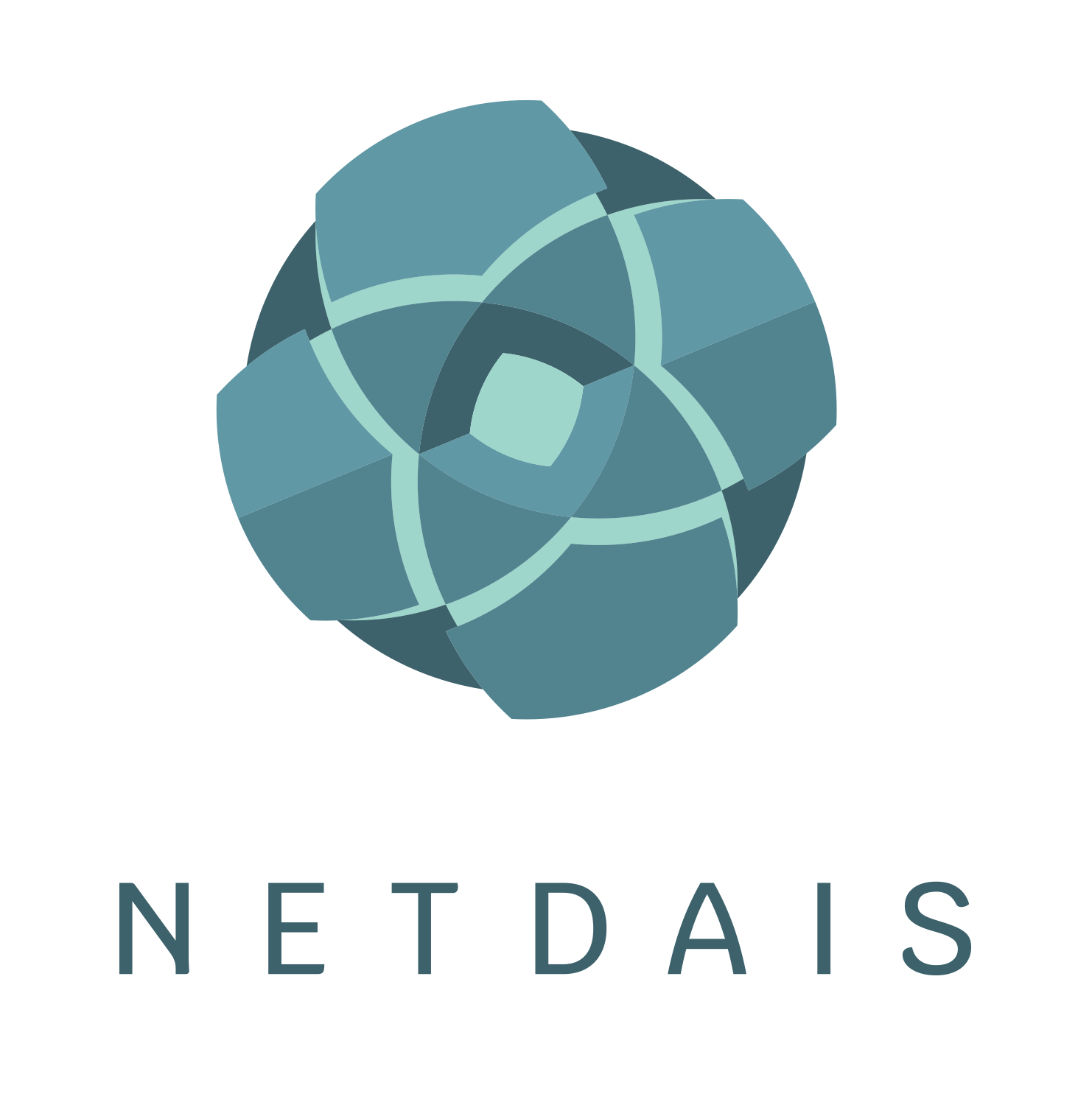Skeletons In Your Closet?
In my previous post I highlighted the age old adage that ‘knowledge is power’. Today I want to talk about the layers of the OSI model, specifically the physical layer of the OSI model also known as Layer 1 (pictured below). Layer 1 is not an overly exciting or sexy topic, but it forms the foundation of any network.

We all take Layer 1 of our networks for granted, even though everything is built upon it. Similarly to the foundations of a house – concrete, wood, brick - there is no network (house) without Layer 1.
Ensuring that your Layer 1 is documented and organized is critical to achieving and sustaining a winning network. It is for this reason that I ask you - do you have skeletons in your closet?
Throughout my career, most data/communication (comm) closets I come across look like this:

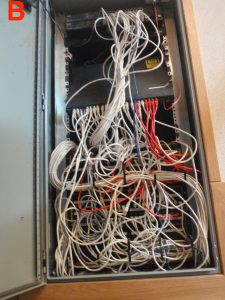
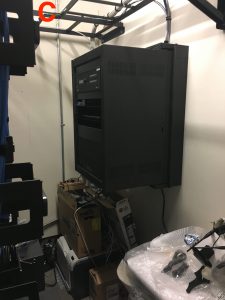
Look familiar?
You may say, “But what’s wrong with that?”... well let me breakdown some of the common issues that arise from undocumented, messy or unorganized comm closets:
Challenging rack access
When adding or removing a device, access is key. Not even the best engineers could add or remove a device from exhibit A and B without disrupting the network. I can’t come up with a way of doing this, if you can, please share your wizardry in the comments below.
Troubleshooting is challenging and time consuming
Imagine trying to view a switch or port status with a jumble of cables in the way, like in exhibit A and B, or trying to trace a cable for connecting a device. You may cause an outage trying to move cables just to get a clear view.
Cables are pinched or twisted (and not in a good way like Twisted Sister)
Pinched or twisted cables degrade device connection speeds. Spotting kinks or crimps on a cable in a spaghetti soup is one of the hardest Layer 1 issues to troubleshoot.
Overheating
Often when comm closets are first built, cooling and ventilation is planned according to the initial installation, without much thought of future expansion. A major issue affecting comm closet temperature is the transformation of the ‘closet’ into either a multiple purpose room with network infrastructure devices or a general purpose storage unit and equipment graveyard like exhibit C. I’ve seen devices show intermittent random issues or stop working altogether due to constant exposure to high temperatures.
In addition to all this, often when closets are undocumented, messy or unorganized, there is also usually:
Issues with power protection and backup sources (surge protection & UPSes)
Uninterrupted Power Supplies (UPS) deliver power to network infrastructure devices during a power outage and act as a surge protector. UPSes are just as important as the infrastructure devices that are plugged into them. In my experience, these devices are usually set and forgotten. The batteries in these devices need to be monitored and replaced, just like your car battery. Sadly, the UPS is generally ignored and only serviced after it has failed to provide power in an outage.
Incorrect or no documentation and labelling
Something as simple as a tech trying to connect a new desktop or printer becomes tedious and time consuming when a patch panel in the rack is mislabeled or not labeled at all. Multiply that by 24, 48, 96 or 240 user devices and the amount of time consumed tracing and testing cables will add up (and get expensive).
ALL of the problems above lead to increased CapEx & OpEx!
We know that everyone is likely to have a skeleton or two in the (comm) closet. By giving this valuable and important aspect of your network a little love and attention you will (no longer have anything to hide) save money and build a stable foundation for a winning network!
After a NETDAIS Audit and Implementation, your comm closet could look like this…
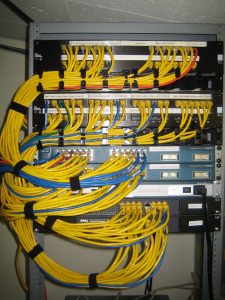
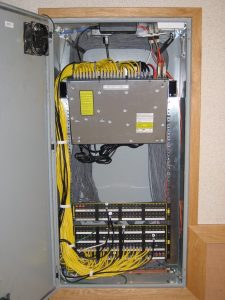
Our Audit and Implementations can reduce your CapEx and OpEx by:
- Documenting your Layer 1 infrastructure
- Recommending management systems for your power solutions
- Ensuring network device status and port information can be viewed easily
- Organizing cables in your rack so that devices can be added or removed without causing a network outage
- Making device connectivity issues easier to troubleshoot
Let’s tackle those skeletons in your closet today, contact us to enquire about our Audit and Implementation services.
